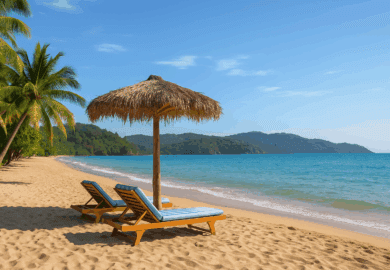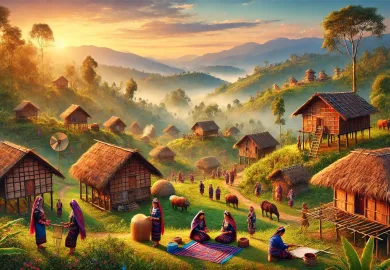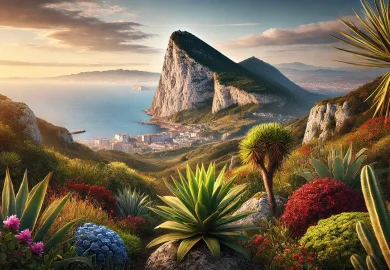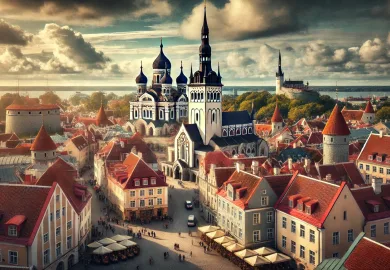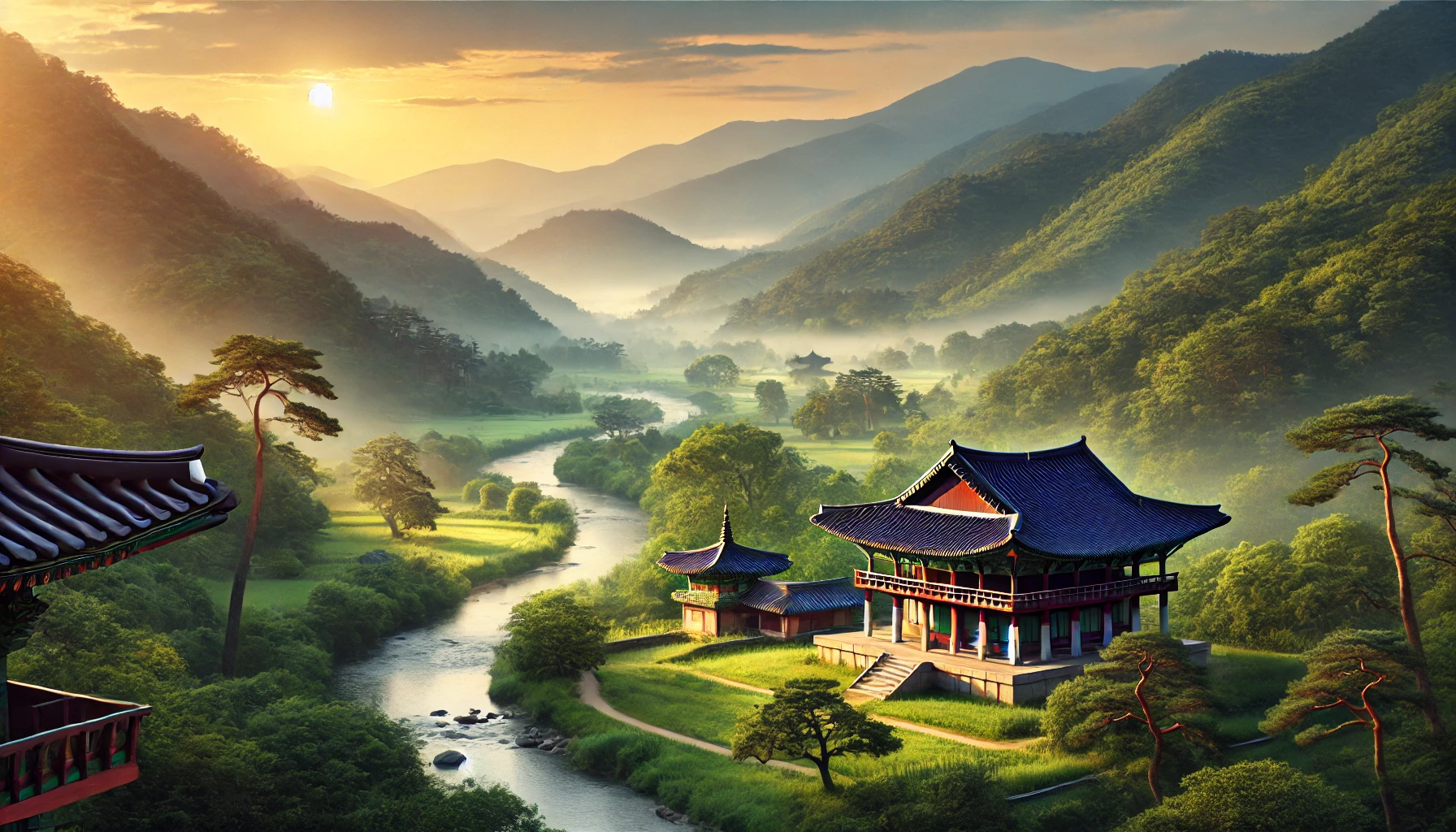
South Korea is a land rich in history, culture, and stunning natural landscapes. While destinations like Seoul, Busan, and Jeju Island often top travel itineraries, the country is filled with hidden gems that many travelers overlook. From ancient temples tucked into mountains to quaint villages where tradition thrives, these lesser-known destinations offer a more intimate glimpse into the heart of Korea. In this article, we’ll take you on a journey to some of the most unseen treasures in South Korea, places that will captivate your senses and leave you with memories of an unforgettable adventure.
Seonamsa Temple: A Journey Through Tranquility
Seonamsa Temple, located in the heart of Suncheon, is one of the most peaceful and picturesque temples in South Korea. This UNESCO World Heritage site, though less frequented than others like Bulguksa, offers an opportunity for spiritual reflection and an escape into nature. The temple is surrounded by dense forests, serene mountains, and flowing streams that create an atmosphere of tranquility unmatched by more popular tourist sites.
Seonamsa is not just a place of worship but also a living museum of Korean architecture and history. As you walk through its gates, the stone bridges, pagodas, and beautiful gardens invite visitors to slow down and appreciate the natural beauty that surrounds them. Seonamsa Bridge, in particular, is a highlight, an arched stone structure that perfectly captures the harmony between human design and nature.
If you’re lucky enough to visit during autumn, the forested paths leading to the temple transform into a palette of vibrant red, orange, and yellow hues. The sound of rustling leaves underfoot and the cool, crisp air makes the hike to Seonamsa even more rewarding.
Dadohaehaesang National Park: An Island Lover’s Dream
Located along the southern coast, Dadohaehaesang National Park is South Korea’s largest marine national park, consisting of over 1,700 islands, most of which are uninhabited. It’s an ideal destination for adventurers and nature lovers who wish to explore untouched beauty far from the usual tourist spots.
The park’s secluded islands offer breathtaking landscapes characterized by steep cliffs, lush forests, and pristine beaches. One of the best ways to explore Dadohaehaesang is by boat, which allows you to visit islands like Hongdo and Heuksando, known for their dramatic rock formations and rich biodiversity. On these islands, you’ll find rare plants, migratory birds, and marine life thriving in an ecosystem that remains largely undisturbed by human activity.
Hiking trails along the rocky coastlines offer spectacular views of the sea, especially at sunset when the sky turns shades of pink and orange, casting a magical glow over the islands. Whether you’re kayaking along the shores, hiking to the peaks, or simply relaxing on the secluded beaches, Dadohaehaesang National Park provides an unforgettable journey into Korea’s natural wonders.
Hahoe Folk Village: Step Back in Time
For a deeper dive into Korea’s traditional culture, visit the Hahoe Folk Village in Andong, a UNESCO World Heritage site that has preserved the architecture and customs of the Joseon Dynasty. Unlike the bustling streets of Seoul, Hahoe Village offers a quiet retreat where you can explore traditional hanok houses, experience ancient rituals, and witness performances that have been passed down for generations.
The village, surrounded by the Nakdong River and dramatic cliffs, is a stunning example of harmony between human life and nature. Walking through the village feels like stepping back in time, with its tiled roofs, stone walls, and narrow paths that have remained unchanged for centuries. It’s not uncommon to see villagers still practicing age-old customs, such as mask-making and traditional Korean folk dances.
One of the most captivating aspects of Hahoe is the annual Andong Mask Dance Festival, where visitors can watch vibrant performances of Korean mask dances, which date back to ancient times. These dances, originally performed to exorcise evil spirits, are now an integral part of Korea’s cultural heritage.
Udo Island: Jeju’s Tranquil Escape
While Jeju Island itself is a well-known destination, few travelers venture to its smaller neighbor, Udo Island. A short ferry ride from Jeju, Udo is a tranquil haven known for its unique coral beaches, volcanic landscapes, and slower pace of life. This small island offers visitors a chance to experience rural Korea and escape the crowds of Jeju.
One of the highlights of Udo is Seobinbaeksa, a rare white coral sand beach where the crystal-clear waters offer a perfect setting for snorkeling, swimming, or simply relaxing under the sun. Unlike the more tourist-heavy beaches on Jeju, Seobinbaeksa retains a calm, untouched beauty that feels like a hidden paradise.
Udo is also known for its Haenyeo, the female divers who harvest seafood without the aid of oxygen tanks. This ancient tradition, which is on the verge of disappearing, is still practiced by the elderly women of Udo. Witnessing these divers in action is a fascinating glimpse into Korea’s unique cultural heritage, and it serves as a reminder of the resilience and strength of these women who have lived in harmony with the ocean for centuries.
Gwangyang Maehwa Village: A Springtime Delight
If you’re traveling to South Korea in the spring, make sure to visit Gwangyang Maehwa Village during the maehwa (plum blossom) festival. Nestled along the Seomjin River, this village transforms into a sea of white blossoms, attracting photographers and nature lovers from around the country. However, it remains relatively unknown to international visitors, making it one of South Korea’s best-kept secrets.
The sight of thousands of plum trees in full bloom against the backdrop of the river and mountains is nothing short of spectacular. The sweet fragrance of the flowers fills the air, and the soft petals float gently in the breeze, creating an almost otherworldly atmosphere. It’s the perfect place for a leisurely stroll or a picnic under the trees.
Aside from the stunning plum blossoms, Gwangyang Maehwa Village is also famous for its traditional Korean dishes, especially those made from local plum products. You can taste unique plum wine, jams, and pickled plums, all of which are a delightful addition to your experience of this picturesque village.
Conclusion
South Korea is a country of contrasts, where ancient traditions and modern innovations coexist harmoniously. While the bustling cities and famous landmarks are certainly worth visiting, there is something truly special about exploring the unseen gems that lie off the beaten path. From hidden temples and secluded islands to traditional villages and breathtaking landscapes, South Korea offers countless opportunities to experience the beauty, culture, and history of a nation that continues to surprise and captivate travelers. Whether you’re seeking peace and tranquility or adventure and discovery, these hidden gems in South Korea are sure to leave a lasting impression.



